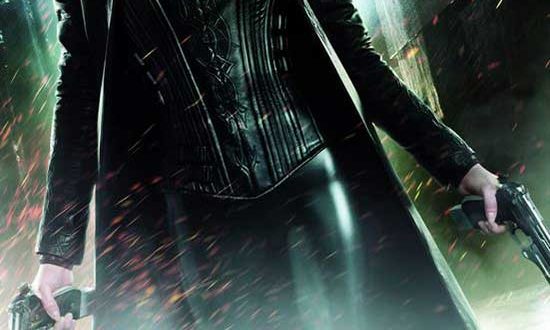Watch ‘The Natural History of Destruction’ Review: Abstract WWII Archive Doc

Table of Contents
“Watch Online ‘The Natural History of Destruction’ Review: Abstract WWII Archive Doc”
“‘The Natural History of Destruction’ Review: Abstract WWII Archive Doc”
The austerity of Loznitsa’s approach is hardly new. Eschewing narration and instead letting recently unearthed footage do the talking, embellished with Vladimir Golovnitski’s scrupulous, post-synced sound design, the film loosely follows the formal template of previous archive docs from the Ukrainian non-fiction master, such as “State Funeral” and last year’s “Babi Yar. Context.” But where those films were each arranged, with stunning singlemindedness, around one particular event — the death services for Stalin and an underacknowledged 1941 Nazi massacre, respectively — the remit here is broader and vaguer. Beyond the obviousness of “war is hell for all civilian populations,” the points being made here feel simply too slippery to grasp.
Mostly unfolding in black and white, with occasional color (or colorized) interludes, the film is consciously arranged to defy easy cause/effect inferences. Although we move from German civilians frolicking in lederhosen, or chatting amiably in cafes beneath Hitler portraits, through to the bombing raids themselves, and from there to the smoking rubble of their aftermath, within that loose chronology, the specifics of time and place jump about. We cut from a woman walking briskly past a burning pharmacy in one city, to a bombed-out Hamburg train station, to rescuers digging miserably through the flattened apartment buildings in another location, before wheeling back up into the air again. It gives the film a flitting, dreamlike rhythm, which is subtly reinforced by Golovnitski’s foley work, which keeps human chatter indistinct and low in a mix more often dominated by the buzzing of engines or the drone of machinery.
Occasionally we even move across the continent to witness similar scenes of chaos in Blitzed-out London. This is an unnecessary attempt at balance: Is there really still a significant cohort of viewers who need such blunt equivalence in order to understand the basic humanity of the German civilian victims of the Allied air raids? It’s especially perplexing given that the W.G. Sebald book of essays that inspires the film, and from which it takes its name, was specifically about the uniquely German amnesiac response to the annihilation of so many of their urban centers.
At times the general blur of war comes into sharper focus. Churchill drives past waving Londoners amid scattered piles of bricks and masonry, and on the soundtrack intones a speech. Field Marshal Montgomery addresses the home front in rousing fashion. Goering can be glimpsed in a convoy moving through ruined Berlin; perhaps it is he who delivers the German-language oration that follows. But even then, these excerpts have been selected for their non-specificity. If we didn’t know who was talking (and we often do not), and in which language, it would be difficult to even tell which side they were on. This, obviously, is Loznitsa’s point: The rhetoric of war, much like its barbarity, is the same on all sides. The danger of this flattening, generalizing approach, however, is that it becomes slightly stupefying. One could almost fall prey to a similar kind of numbness to that which appalled Sebald into writing his essays in the first place.
Hopefully there will soon again be a time when the refined, detached contemplation of mass war tactics as a tragedy experienced by all sides, regardless of ideology or politics, is a worthy project. It is hardly Loznitsa’s fault that now is not that moment. But with the country of his birth currently experiencing the destructive force of the Russian invasion in an all-too-vivid present tense, such abstract philosophizing cannot but feel like a distracting luxury. Newspaper headlines are routinely criticized for employing grammar that exculpates or depersonalizes acts of violence, yet this film seems at pains to do the same. Here, cities are razed, buildings are destroyed, babies are killed, and the who or why behind it all is set aside. It’s a strange and unsettling irony, not least because of the highly active bombardment occurring in Europe on a daily basis right now, that “The Natural History of Destruction” should feel like it was written in the passive voice.
If you liked the article, do not forget to share it with your friends. Follow us on Google News too, click on the star and choose us from your favorites.
For forums sites go to Forum.BuradaBiliyorum.Com
If you want to read more Like this articles, you can visit our Watch Movies & TV Series category




